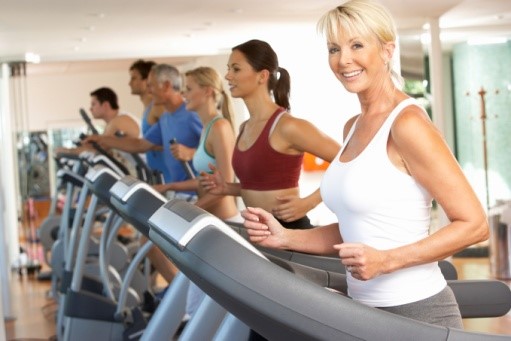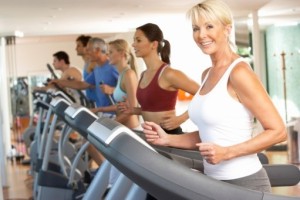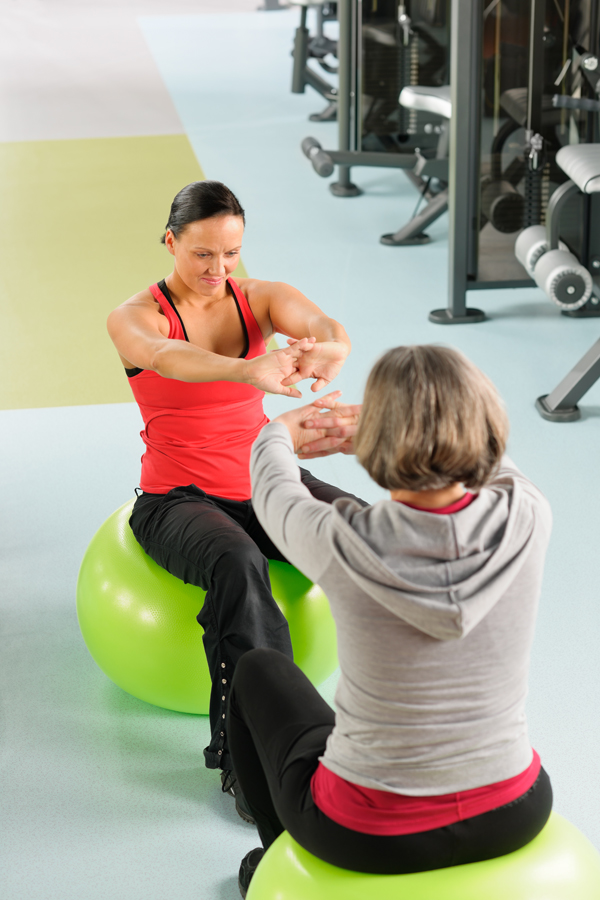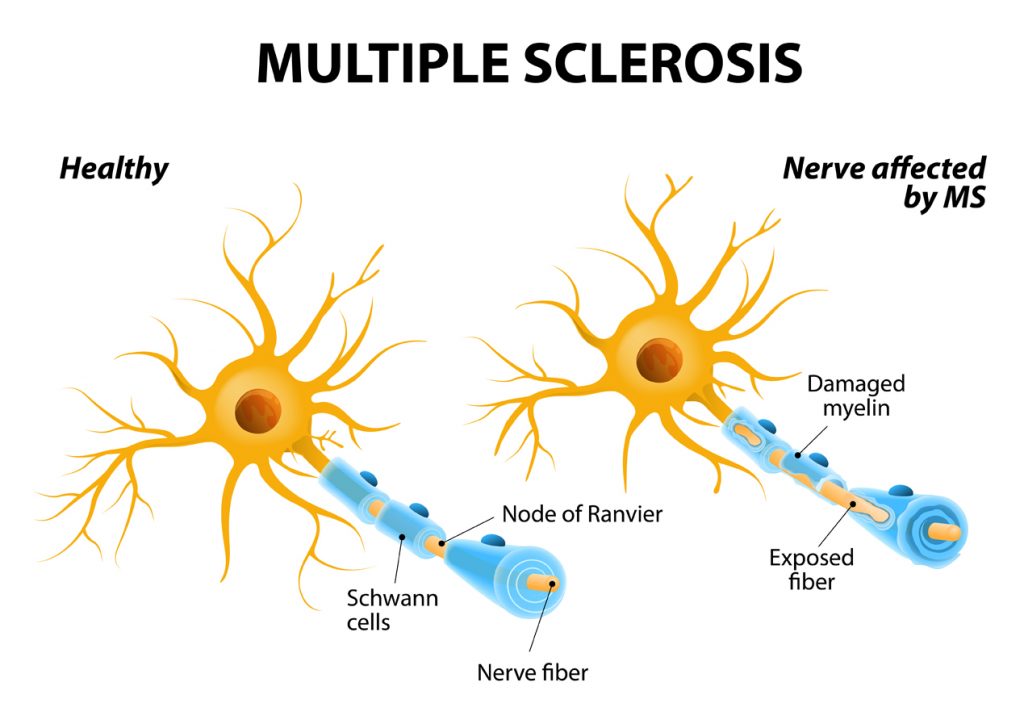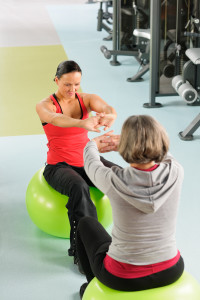If You Can’t Beat It, Use It: An Exercise Guide to Post-Joint Replacement Wellness
It all started over 40 years ago, when I chose as my sport – some would say, my life – the Korean martial art of Tae Kwon Do. I was young, fit, pretty strong and, unbeknownst to me, very flexible – perfect for the art of kicking high and hard. Once I got hooked on it, I was in the gym a few hours a day, 6-7 days a week…for the next almost 20 years. That did not include the running I did to get my cardiovascular conditioning primed for the art and sport I was practicing at high levels of both skill and competition. I knew then, at age 19, that I was going to pay for the training and abuse I was putting my body through, but not until I was older, say, 40 or so.
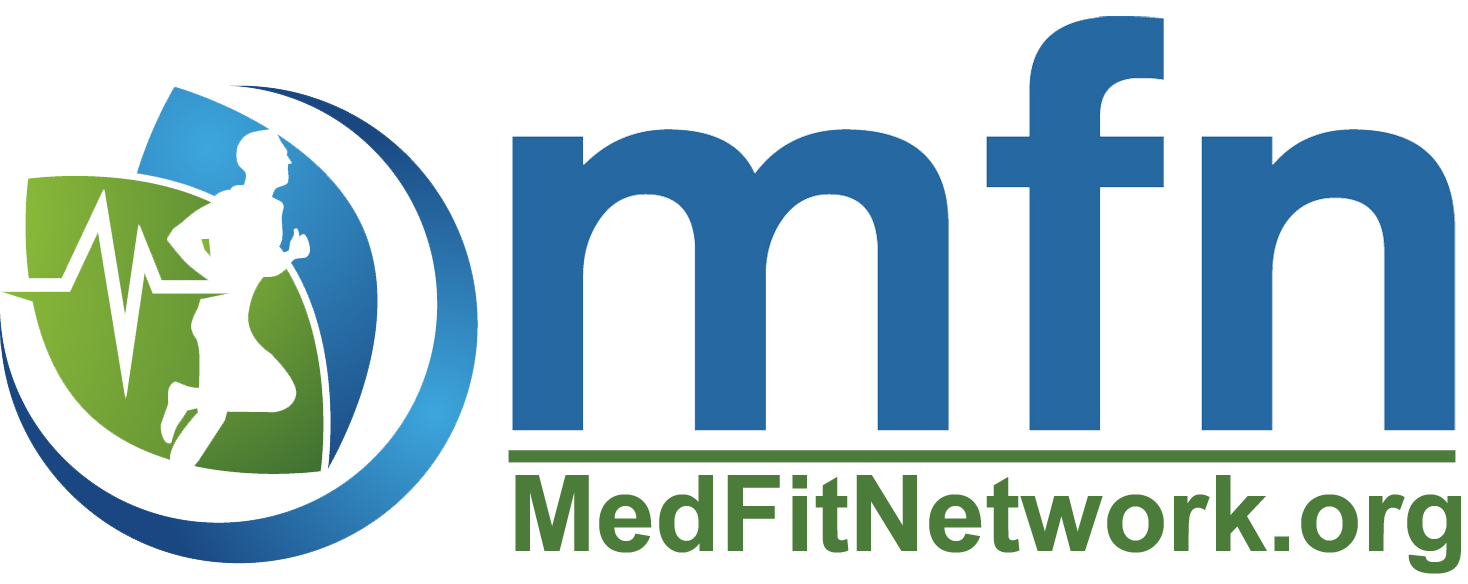
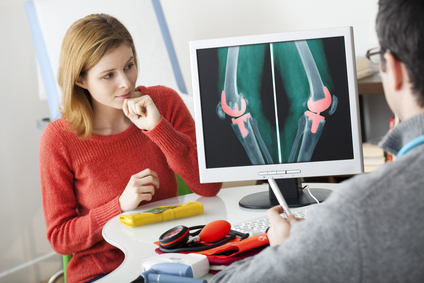


 What to do once you’re up and running? In the first year it’s important to have a working budget. This may only lend itself to 3-5 patients coming to your program to start. Once they experience the benefits of exercise and wellness, they will quickly tell their fellow patients. It’s also important to spread the word via small group lectures and fitness demonstrations. Since most cancer centers have monthly support groups, it’s a great place to conduct a 30 minute lecture and demonstration for local survivors. Next – a couple of sample articles for the local newspaper (perhaps a series) on the benefits of exercise for cancer survivorship. There are new research reports out each month. Lastly – call your local radio show and book a time to discuss exercise for cancer survivorship. They would love to have a topic like this for their time slots.
What to do once you’re up and running? In the first year it’s important to have a working budget. This may only lend itself to 3-5 patients coming to your program to start. Once they experience the benefits of exercise and wellness, they will quickly tell their fellow patients. It’s also important to spread the word via small group lectures and fitness demonstrations. Since most cancer centers have monthly support groups, it’s a great place to conduct a 30 minute lecture and demonstration for local survivors. Next – a couple of sample articles for the local newspaper (perhaps a series) on the benefits of exercise for cancer survivorship. There are new research reports out each month. Lastly – call your local radio show and book a time to discuss exercise for cancer survivorship. They would love to have a topic like this for their time slots.
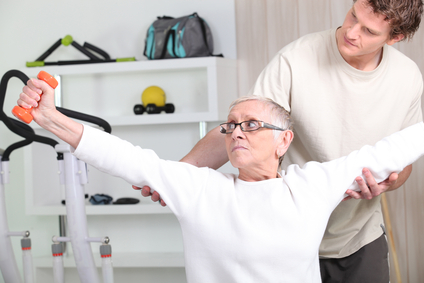 The most important factor in the safety and efficacy of the exercise program is the initial assessment. At the very least this should include a comprehensive postural assessment as well as shoulder range of motion measurements taken with a goniometer. The well-trained fitness professional will be able to deduce, from the results, which muscles need to be stretched and which need to be strengthened. By selecting the wrong combinations of exercises, the results may not only be undesirable, they may in fact be detrimental. For example, if a client presents with moderate to severe upper-crossed syndrome, performing any kind of “pushing” exercise that would involve the chest muscles (chest press), could make the syndrome even more pronounced by causing the pectoral muscles to tighten and contract. Instead, the goal need to be on stretching the chest wall and strengthening the opposing muscles in the back; particularly the scapular stabilizers.
The most important factor in the safety and efficacy of the exercise program is the initial assessment. At the very least this should include a comprehensive postural assessment as well as shoulder range of motion measurements taken with a goniometer. The well-trained fitness professional will be able to deduce, from the results, which muscles need to be stretched and which need to be strengthened. By selecting the wrong combinations of exercises, the results may not only be undesirable, they may in fact be detrimental. For example, if a client presents with moderate to severe upper-crossed syndrome, performing any kind of “pushing” exercise that would involve the chest muscles (chest press), could make the syndrome even more pronounced by causing the pectoral muscles to tighten and contract. Instead, the goal need to be on stretching the chest wall and strengthening the opposing muscles in the back; particularly the scapular stabilizers. Following the warm-up and lymph drainage exercises, the exercise specialist should determine what the areas of “need” are for the client. Remember to begin with stretching and range of motion exercises until they have close to “normal” range of motion. At that point the goal becomes strength training and choosing exercises that will strengthen the weaker muscles and stretch the tight and shortened muscles. Weight/resistance should also be very gradually increased and attention paid to any potential swelling of the extremity. Typically I chose exercises that will stretch the chest (chest fly, corner or door stretch, assisted stretching) and will strengthen the back (low/high rows, reverse flies, lat pulldown). They often [present with winged scapula following a node dissection. If this is the case, I will incorporate exercises that will strengthen the serratus anterior. If they have undergone an abdominal TRAM procedure, core work will be of the greatest importance in preventing, or minimizing, low back pain.
Following the warm-up and lymph drainage exercises, the exercise specialist should determine what the areas of “need” are for the client. Remember to begin with stretching and range of motion exercises until they have close to “normal” range of motion. At that point the goal becomes strength training and choosing exercises that will strengthen the weaker muscles and stretch the tight and shortened muscles. Weight/resistance should also be very gradually increased and attention paid to any potential swelling of the extremity. Typically I chose exercises that will stretch the chest (chest fly, corner or door stretch, assisted stretching) and will strengthen the back (low/high rows, reverse flies, lat pulldown). They often [present with winged scapula following a node dissection. If this is the case, I will incorporate exercises that will strengthen the serratus anterior. If they have undergone an abdominal TRAM procedure, core work will be of the greatest importance in preventing, or minimizing, low back pain.

 Another benefit of exercise for stroke survivors is prevention of recurrent stroke or heart attack, which occurs frequently in people who have had a stroke.(3) Reducing risk factors can decrease the incidence of recurrent strokes and coronary events. An aerobic conditioning program can enhance glucose regulation and promote decreases in body weight and fat stores, blood pressure, C-reactive protein, and levels of total blood cholesterol, serum triglycerides, and low-density lipoprotein cholesterol.(4) Exercise also increases high-density lipoprotein cholesterol and improves blood rheology, hemostatic variables, and coronary endothelial function.(5)
Another benefit of exercise for stroke survivors is prevention of recurrent stroke or heart attack, which occurs frequently in people who have had a stroke.(3) Reducing risk factors can decrease the incidence of recurrent strokes and coronary events. An aerobic conditioning program can enhance glucose regulation and promote decreases in body weight and fat stores, blood pressure, C-reactive protein, and levels of total blood cholesterol, serum triglycerides, and low-density lipoprotein cholesterol.(4) Exercise also increases high-density lipoprotein cholesterol and improves blood rheology, hemostatic variables, and coronary endothelial function.(5)
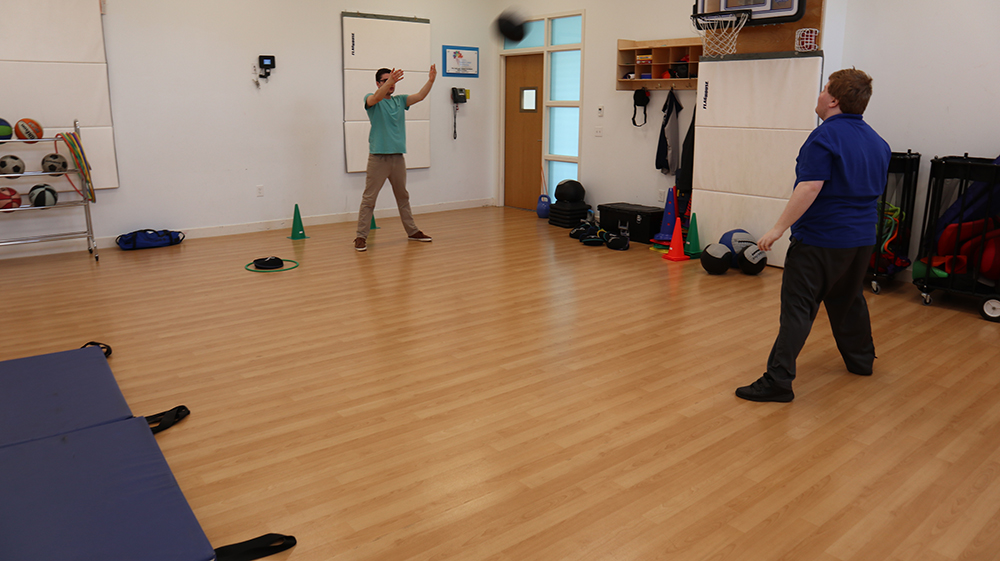 In the
In the 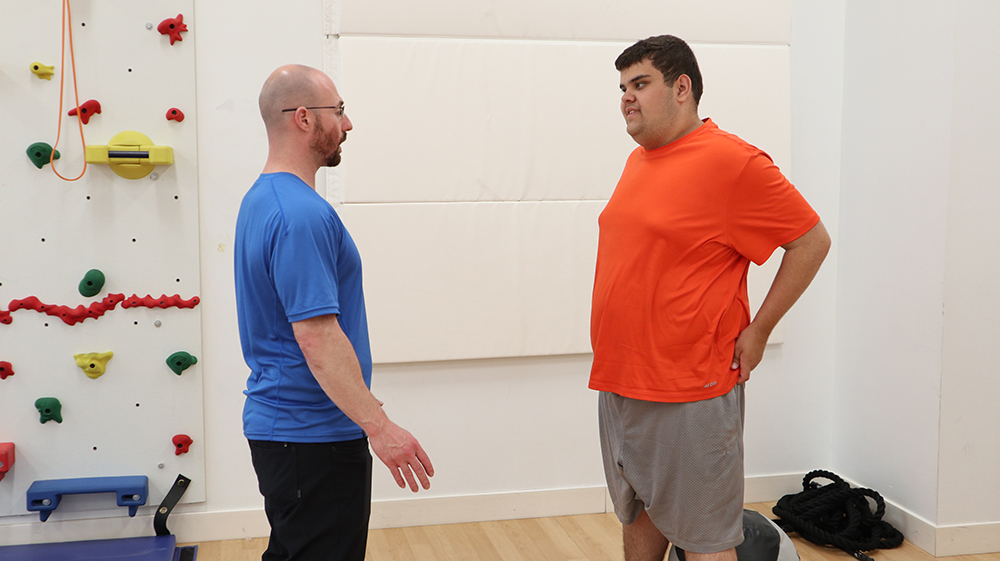 Focusing on a few exercises also gives our athletes the opportunity to learn the name and typical order in which the exercises can be performed. Whereas our warm-up/mobility section nearly always features hurdle steps, overhead resistance band walks, bear walks/crawls, and medicine ball throws (push, overhead, and scoop), our strength/focus section includes squats, presses, pulls, farmers walks, and heavy carries.
Focusing on a few exercises also gives our athletes the opportunity to learn the name and typical order in which the exercises can be performed. Whereas our warm-up/mobility section nearly always features hurdle steps, overhead resistance band walks, bear walks/crawls, and medicine ball throws (push, overhead, and scoop), our strength/focus section includes squats, presses, pulls, farmers walks, and heavy carries.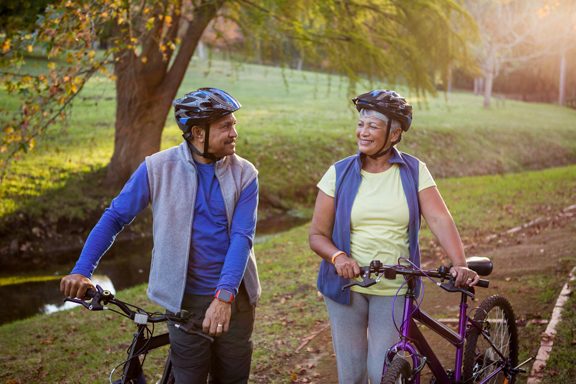

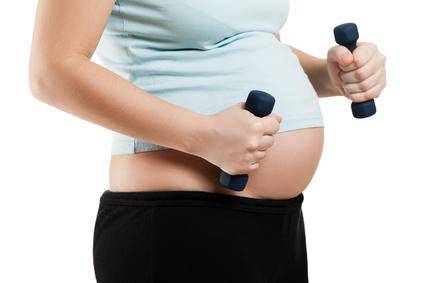
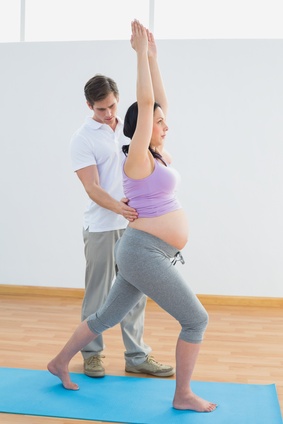 Pregnancy is a time of excitement, uncertainties, fears, and many profound physical and emotional changes. This “season in life” affords mom a wonderful opportunity to adopt a healthier lifestyle. Starting an exercise program during pregnancy is a great way to begin and continue this healthier lifestyle for herself and subsequently for her child. With obesity on the rise in the US, it is important for everyone to increase their current level of physical activity. This is especially important for pregnant women as the results of obesity and excessive weight gain have been shown to be detrimental to both mom and baby long term.
Pregnancy is a time of excitement, uncertainties, fears, and many profound physical and emotional changes. This “season in life” affords mom a wonderful opportunity to adopt a healthier lifestyle. Starting an exercise program during pregnancy is a great way to begin and continue this healthier lifestyle for herself and subsequently for her child. With obesity on the rise in the US, it is important for everyone to increase their current level of physical activity. This is especially important for pregnant women as the results of obesity and excessive weight gain have been shown to be detrimental to both mom and baby long term. The most recent guidelines for prenatal exercise were included in the 2008 US Dept. of Health and Human Services Physical Activity Guidelines (5). Women who are not currently active should strive for at least 150 minutes of moderate intensity cardiovascular activity per week. This translates to 30 minutes of exercise 5 days a week, very similar to the ACOG guideline. They recommend that those women who are currently active may continue their normal routine providing there is an open line of communication with their healthcare providers
The most recent guidelines for prenatal exercise were included in the 2008 US Dept. of Health and Human Services Physical Activity Guidelines (5). Women who are not currently active should strive for at least 150 minutes of moderate intensity cardiovascular activity per week. This translates to 30 minutes of exercise 5 days a week, very similar to the ACOG guideline. They recommend that those women who are currently active may continue their normal routine providing there is an open line of communication with their healthcare providers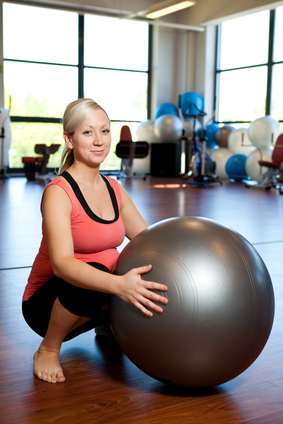 Pregnancy is an ideal time for maintaining or adopting a healthy lifestyle. Recommendations from ACOG Committee Opinion Number 650, “Physical Activity and Exercise During Pregnancy and the Postpartum Period” include:
Pregnancy is an ideal time for maintaining or adopting a healthy lifestyle. Recommendations from ACOG Committee Opinion Number 650, “Physical Activity and Exercise During Pregnancy and the Postpartum Period” include:
